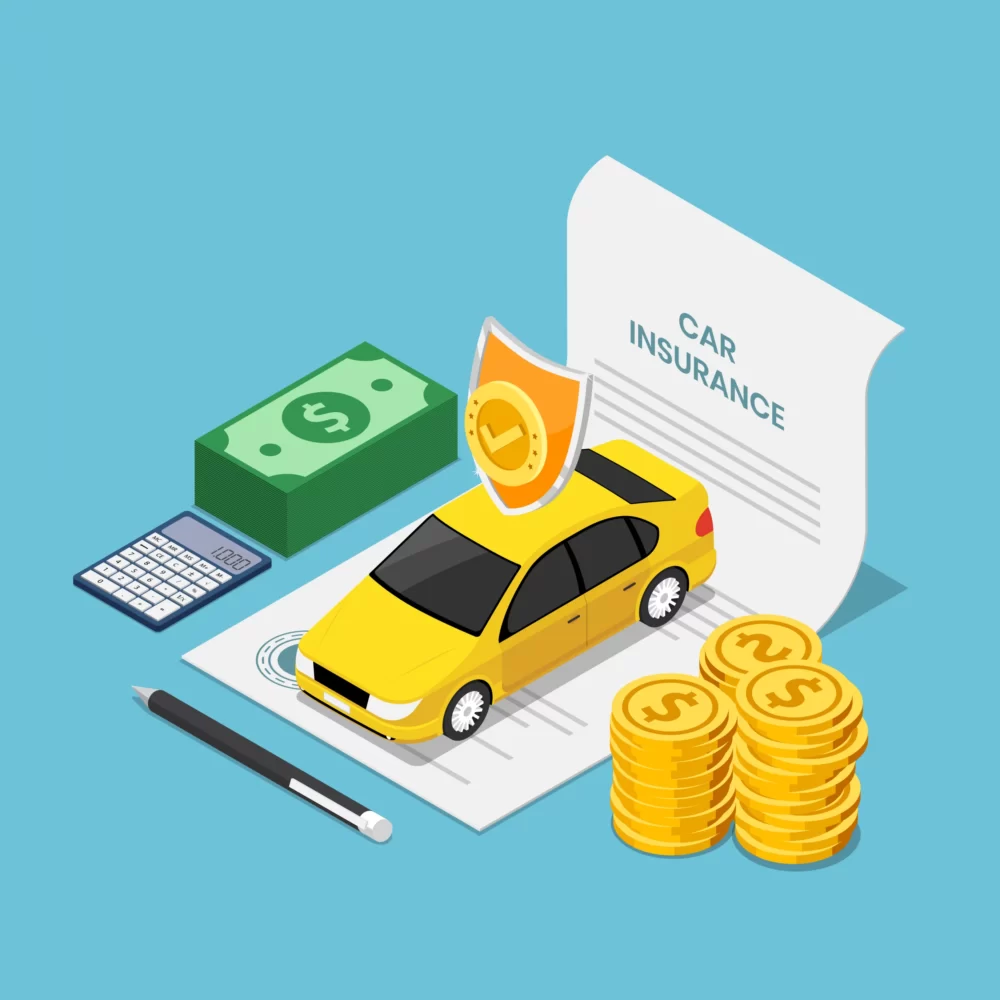Why Do I Need Full Insurance on My Financed Car?
When you take out a loan to pay for a new or used car, you don’t actually own your wheels until the loan is fully paid off, together with all its ancillary charges. So if it’s stolen or damaged, you could be held liable for paying it off entirely, if it’s not covered by insurance.
That’s why most reputable lenders require you to present proof of full coverage before you drive out the door, as they must protect their investments by insisting on total protection for the vehicles they finance. From time to time, they’ll also check that you’re still carrying full coverage on your financed vehicle, until your loan is fully paid off. This is because liability insurance covers only damages to another driver, with no compensation for damage to yourself or your own vehicle.
In fact, you could even lose the car to your lender, if you don’t keep up full coverage on your financed vehicle. If your car is totaled in an accident when you still owe money on your loan, the insurance company pays the car’s value to your lender, and you have to pay off the remaining balance, if the insurance payout doesn’t cover the full loan amount.
What Is Full Coverage?
In addition to minimum (third-party) coverage, full auto insurance encompasses:
- Comprehensive coverage provides compensation for stolen or vehicle damaged so badly they must be written off;
- Collision coverage provides compensation for all auto accidents, regardless of who was at fault.
- Optional coverage may include gap insurance bridging the difference between a payout and the current value of your vehicle, as well roadside assistance (towing, tyre repair etc.) when stranded.
How Much is Full Vehicle Insurance in Canada?
In Canada, it’s illegal to drive any uninsured car on a public road, regardless of whether it’s financed or fully owned. The average monthly premiums for car insurance range between $100 and $200, depending on the model and year, as well as your place of residence and age.
With penalties and fines varying from province to province, it’s simply not worth risking your future financial security by skimping on insurance. So here are five easy ways to keep your insurance premiums budget-friendly:
- lowering the annual kilometre count listed on your policy, as shorter distances generally equivalate to lower risks;
- upping your deductible means you pay out less each month, provided that you can afford a higher deductible in case of a claim;
- checking out discounts offered by your insurer for driver-assisted technologies like rear-view cameras or lane control;
- bundling your auto policy with your home insurance or other major policies may result in a lower overall premium;
- shopping around for the best offer before signing your paperwork, as auto insurance is a highly competitive market.
What Happens If I Let Full Coverage Lapse on My Financed Car?
This can be a very costly mistake. When you sign up for an auto loan, you agree to keep your vehicle fully insured, so reducing or dropping the coverage brings you into breach of contract. Lenders will often respond in one of two ways, depending on the specific clauses in your auto loan agreement:
- Purchasing insurance on your behalf and adding the premiums to your auto loan. Usually far more expensive, this can also lead to the repossession of your vehicle, should you fail to pay the higher monthly instalments;
- Cancelling your entire auto loan and repossessing your vehicle, with dire effects on your credit score. This means that it will be much harder and more expensive to take out loans for any future vehicle purchases, as this blot will remain on your record.
Takeaway
Without full coverage, most auto lenders won’t grant you a loan. And cancelling your car insurance may void your loan agreement, leaving your vehicle unprotected against fire, theft or other damage, and resulting in higher premiums further down the line.
